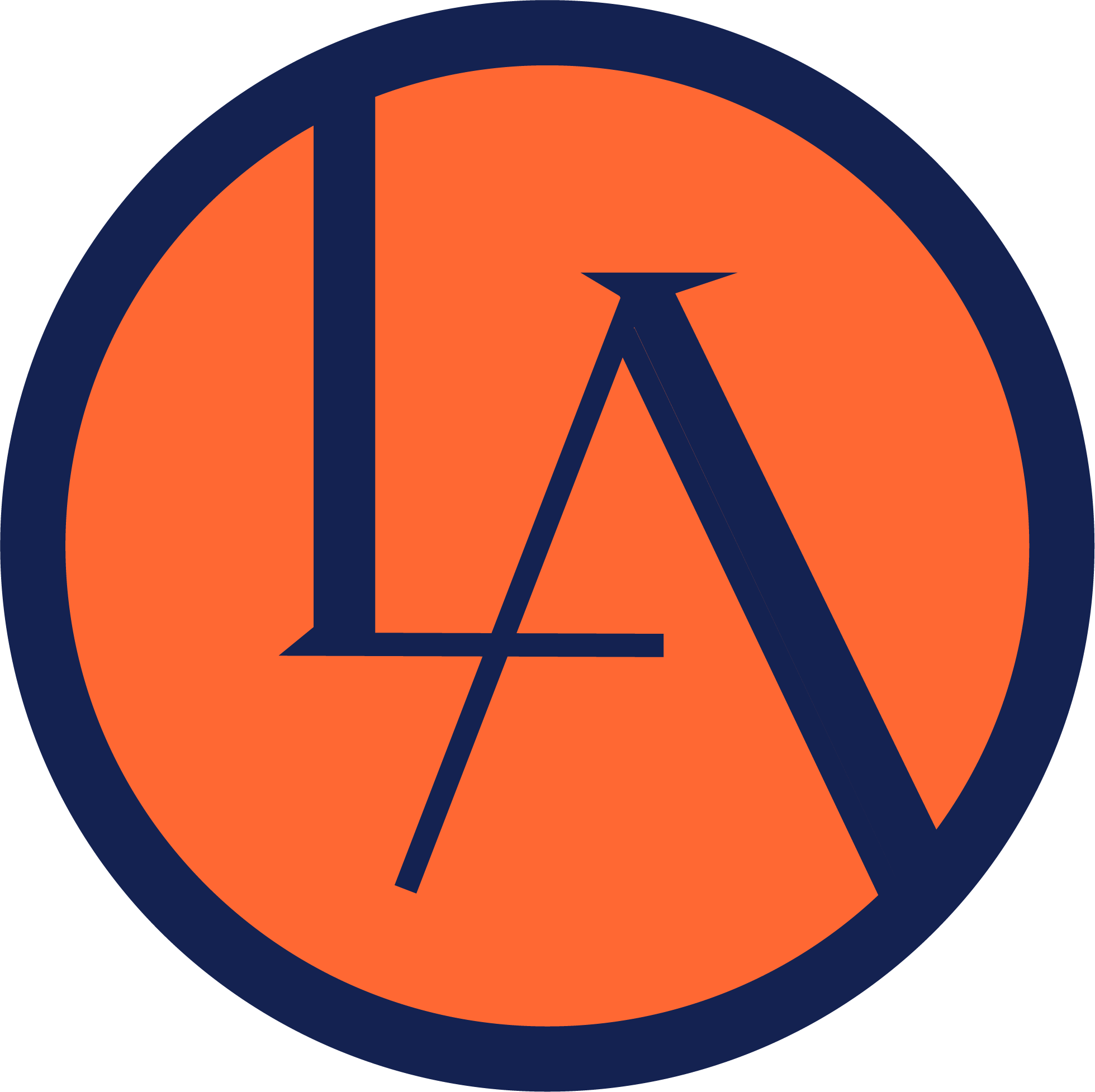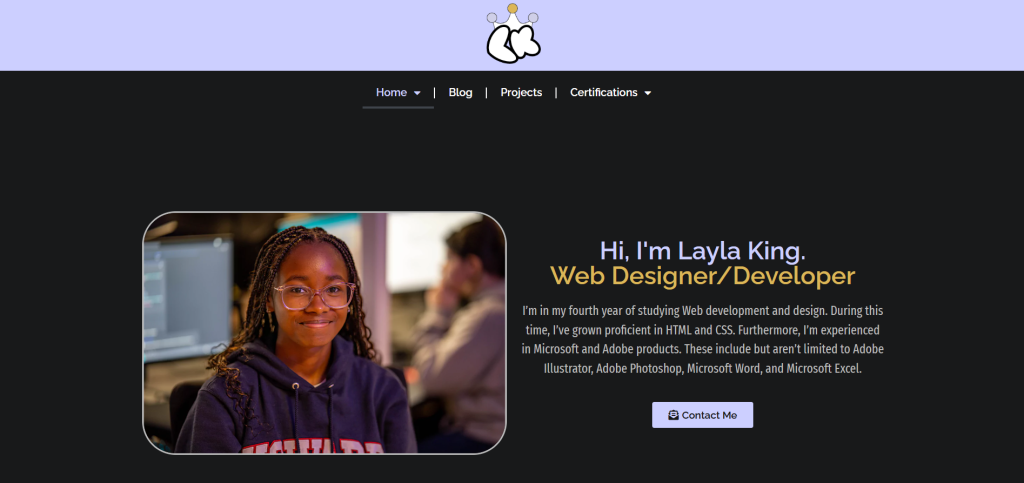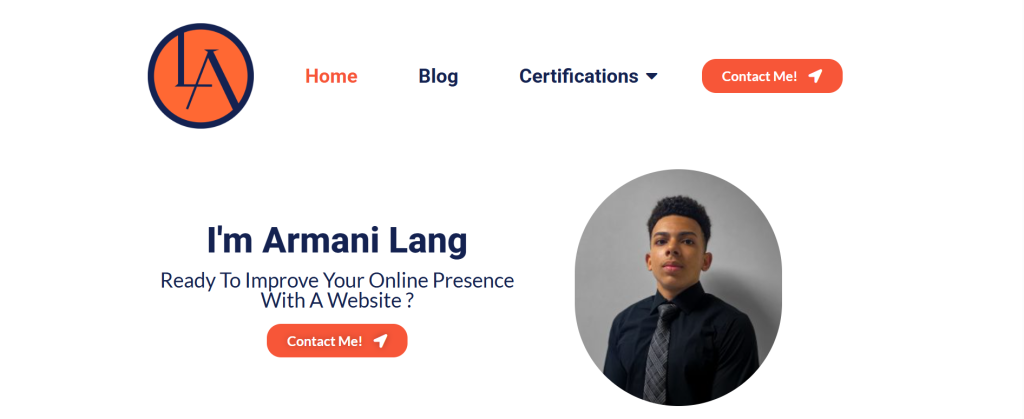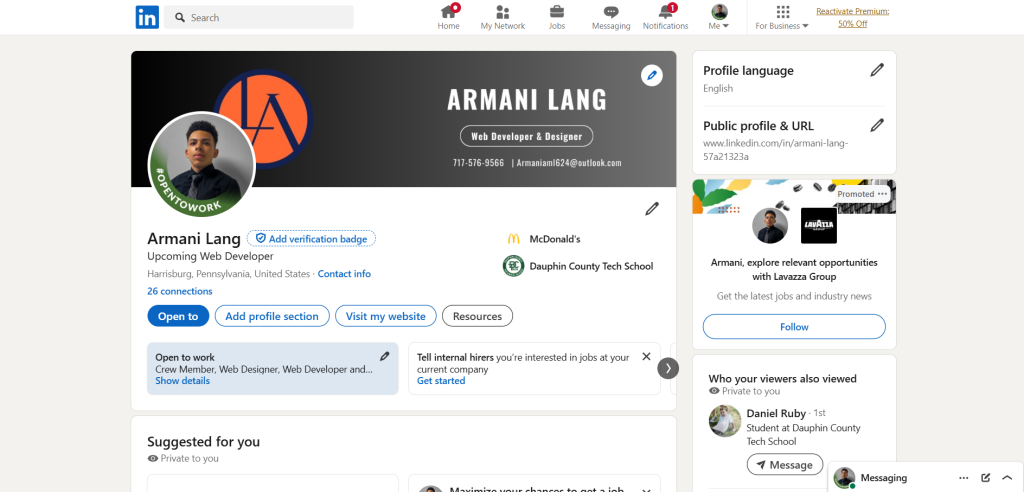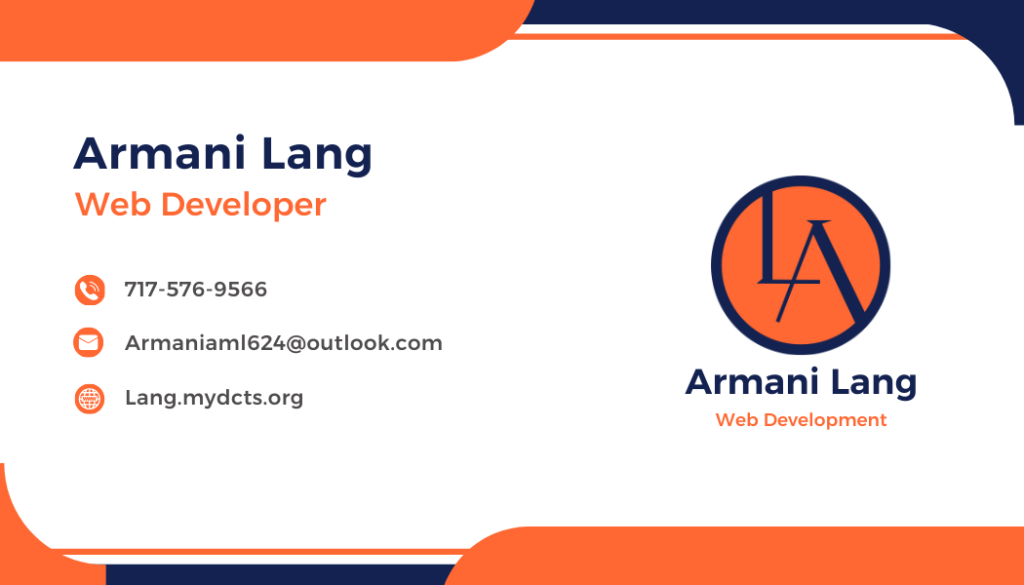Building your brand as a Web Developer
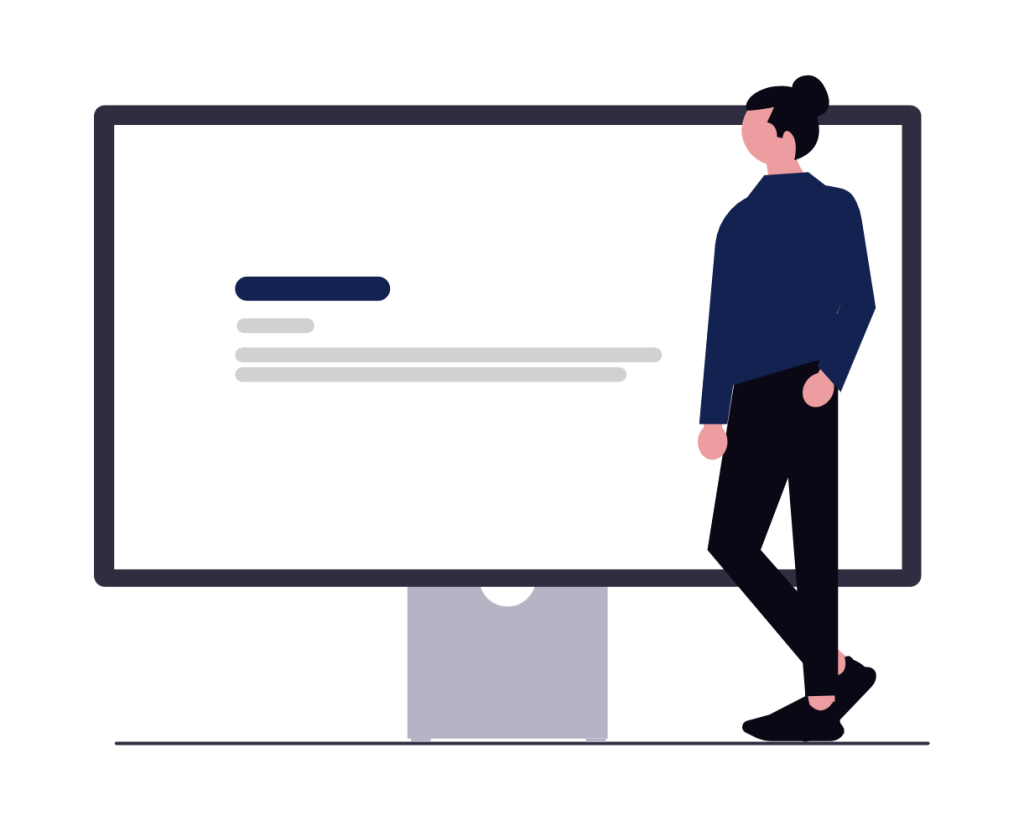
Hey everyone, I’m Armani Lang, and today I’m excited to take you on a journey of building your brand as a web developer. Over the years, I’ve learned that your skills are just one part of the equation how you present yourself, market your work, and stand out in a crowded industry can make all the difference. In this post, I’ll be sharing the strategies and tools I’ve used to shape my brand, with real examples from my experience. Whether you’re just starting or looking to refine your presence, I’m here to help guide you through the process step by step. Let’s dive in!
Why Branding Matters for Web Developers
In the ever-growing tech industry, competition is fierce. Personal branding helps you stand out by showcasing your skills and expertise to potential clients and employers. It builds trust and credibility, making it easier to secure projects, collaborations, and even speaking engagements. A well-established personal brand positions you as an authority in your niche, helping you advance your career and unlock new opportunities.
Define What Makes You Unique
Before you start building your personal brand, it’s important to define what makes you unique. Identify your strengths, skills, and passions within web development. Are you a front-end wizard, a back-end genius, or an all-around full-stack developer? Choosing a niche helps differentiate you from the crowd. Craft a personal mission statement that reflects your values and career goals. This will serve as a guiding principle for your brand. Check out this guide to writing a mission statement.

Photo by Kelly Sikkema on Unsplash
Create a Portfolio That Speaks for Itself
Your portfolio is your digital resume and a reflection of your expertise. Select your best projects that highlight your technical and problem-solving skills. Write detailed case studies explaining your role, the challenges you faced, and how you solved them. A well-structured portfolio should be professional, visually appealing, and easy to navigate. Platforms like Behance and Dribbble are great for inspiration and showcasing your work. For tips on creating a standout portfolio, check out this piece from my older blog where I talk about How to become a Freelance Developer!
Portfolio Examples
Building My Brand: Leveraging LinkedIn, a Portfolio, and Business Cards
Building my brand as a web developer involved showcasing my skills and connecting with the right people. I designed business cards, created a LinkedIn profile, and, as you can see, I have a portfolio to showcase my work. I revamped my LinkedIn, adding a compelling summary, sharing projects, and engaging with industry professionals. My portfolio highlights my best work and technical expertise, with case studies. These tools helped me build a strong online presence, establish credibility, and stand out in a competitive field.
Build an Engaging Online Presence
Being active online can significantly boost your visibility. Maintain an updated LinkedIn profile, participate in discussions, and connect with industry professionals. Share insights, projects, and industry knowledge on platforms like Twitter, Dev.to, and GitHub. Writing blog posts, contributing to open-source projects, and engaging with the developer community can position you as an industry thought leader.
Network and Keep Growing
Networking is essential for career growth. Attend industry events, meetups, and online webinars to connect with professionals and potential clients. Collaborating on projects, participating in discussions, and seeking mentorship opportunities can open doors to valuable experiences. Stay up-to-date with the latest technologies by enrolling in courses on platforms like Udemy and Coursera. Continuous learning and networking will keep you relevant in an ever-evolving industry.

Photo by Product School on Unsplash
Conclusion
Building your brand as a web developer is key to standing out and attracting the right opportunities. You’ll build credibility and make valuable connections by defining your unique strengths, showcasing your best work, and staying active online. Networking and continuous learning will keep you relevant in a constantly evolving industry. Remember, your brand grows over time, so take small steps today—whether it’s updating your portfolio or sharing a new project. The more effort you put in, the more opportunities will come your way. Let’s keep growing and building one step at a time! – Armani
